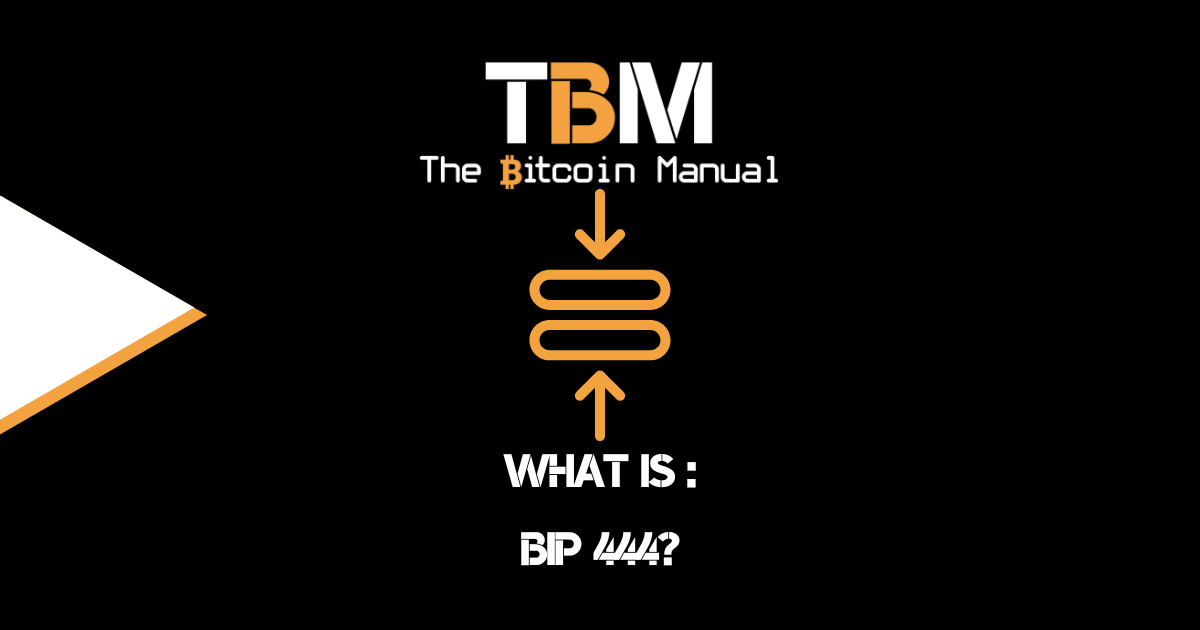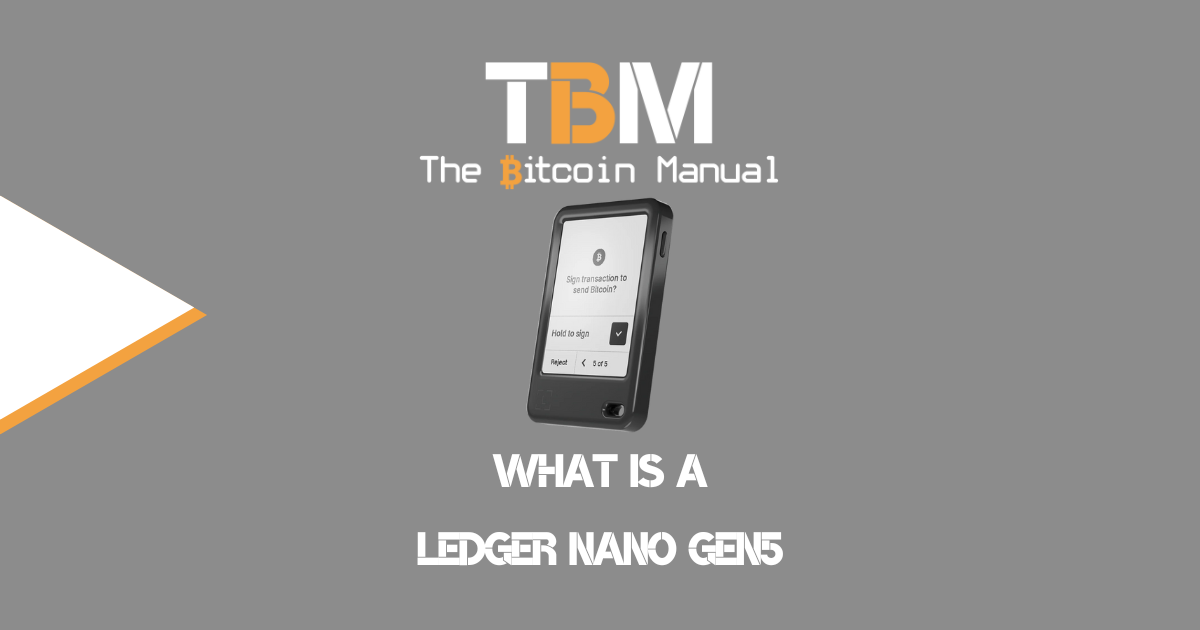First RGB Bridge Brings USDT From Ethereum to Bitcoin via Lightning: A Game-Changing Development
It has become evidently clear over the years that the killer idea in the altcoin space has been stablecoins, while altcoins continue to lose ground to Bitcoin, USDT, and USDC continue to grow in market cap across several chains.
The current market for USD-backed stablecoins hovers around $287 billion, which translates to 13% of the size of Bitcoin. The stablecoin market has grown by 40% this year, and there are predictions that this new offshore dollar can tap into demand worldwide, turning it into a $2 trillion asset class.
As the demand for stablecoins grows, the flow between them and Bitcoin will likely increase, and the need for transactions between these two assets will become more important.
Currently, stablecoins are issued across multiple chains, and users must either cross-chain or use a centralised exchange, adding complications and fees to the process.
However, that could all change in the coming years, as USDT, the biggest stablecoin, has plans to support Bitcoin protocols like Taproot Assets and RGB.
Bringing EVM Issued Stablecoins To RGB
RGB v0.11.1 was released on the Bitcoin mainnet on July 17, 2025, enabling the issuance and management of digital assets, such as stablecoins, NFTs, and tokens, directly on Bitcoin and the Lightning Network, and it didn’t take long before someone started to take it for a test drive.
RGB v0.11.1 Goes Live:
— RGB Hub (@RGB_Hub) July 17, 2025
Bringing Tokenized Assets to Bitcoin and Lightning
17 July 2025 – The official release of RGB v0.11.1 is now live on Bitcoin mainnet, unlocking a new chapter in Bitcoin’s evolution: tokenized assets and programmable contracts, all without leaving the… pic.twitter.com/4AUyk4GNP2
A month after launch, the protocol has reached one of its first milestones with the launch of the first RGB bridge, enabling USDT transfers from Ethereum to Bitcoin’s Lightning Network.
This new development, spearheaded by the Tricorn team (now part of Utexo), represents a pivotal moment in Bitcoin’s evolution toward supporting multi-asset decentralised finance while maintaining its core principles of decentralisation and security.
How the RGB Bridge Works
The RGB bridge operates through a sophisticated yet elegant mechanism that allows digital assets to move seamlessly between different blockchain ecosystems. Here’s how the technology functions:
Core Architecture
The bridge leverages RGB (Really Good for Bitcoin), a smart contract protocol that uses client-side validation with Bitcoin as the settlement anchor. Unlike traditional bridges that rely on custodians or validators, the RGB bridge maintains Bitcoin’s peer-to-peer ethos through its unique design.
When you bridge USDT from Ethereum to Bitcoin:
- Asset Locking: Your ERC-20 USDT on Ethereum gets locked in the bridge contract
- RGB Token Issuance: Equivalent RGB tokens are issued on Bitcoin, representing your bridged USDT
- Client-Side Validation: The RGB protocol validates transactions on the client side, ensuring privacy and reducing network load
- Lightning Integration: Once on RGB, these tokens can move instantly via RGB Lightning channels
Privacy and Sovereignty Focus
RGB’s architecture prioritises user sovereignty and privacy. Assets remain under complete user control without requiring federations, validators, or coordinators. The protocol uses client-side validation, meaning each wallet runs only the smart contract code relevant to the user, validating only what’s necessary for their specific transactions.
🚨 BREAKING: First RGB bridge is live on Bitcoin
— Utexo (@utexocom) August 12, 2025
Historic moment for Bitcoin. For the first time USDT ( @Tether_to ) has been successfully bridged from Ethereum to RGB.
Trustless. Private. Secured by Bitcoin.
Here’s what it means 👇
RGB Bridge vs. Taproot Assets: Understanding the Difference
While both RGB and Taproot Assets enable asset issuance on Bitcoin, they represent different philosophical and technical approaches:
RGB Protocol Advantages
- Client-Side Validation: RGB executes smart contracts entirely on the client side, allowing each wallet to run only relevant contract code. This approach offers superior scalability, privacy, and easier network upgrades.
- Enhanced Privacy: By default, RGB transactions are private, with validation happening locally rather than on a global ledger.
- Rich Smart Contract Capability: RGB supports complex smart contract functionality, enabling sophisticated DeFi applications similar to what’s possible on Ethereum.
Taproot Assets Characteristics
- Simpler Design: Taproot Assets currently focuses on storing asset balances with a more straightforward architecture.
- Lightning Labs Integration: Developed by Lightning Labs, Taproot Assets integrates seamlessly with existing Lightning infrastructure.
- Official Tether Support: Tether has officially announced integration with Taproot Assets, bringing native USDT to Bitcoin and Lightning Network.
The Key Distinction
The RGB bridge creates wrapped USDT liquidity on Bitcoin ahead of Tether’s official RGB issuance, while Taproot Assets will host official USDT directly issued by Tether. RGB focuses on privacy and advanced smart contract capabilities, while Taproot Assets emphasises simplicity and direct integration with Lightning Labs’ ecosystem.
How to Bridge Your USDT to TUSDT (RGB)
The bridging process is currently available for developers and the closer community, with broader public access coming soon through Utexo. Here’s the current process:
Prerequisites
- Ethereum wallet with USDT
- RGB-compatible Bitcoin wallet
- Basic understanding of transaction fees on both networks
Step-by-Step Process
- Access the Bridge Interface: Visit the Tricorn bridge interface (currently in developer/community access phase)
- Connect Your Wallets: Connect both your Ethereum wallet (containing USDT) and your RGB-compatible Bitcoin wallet
- Specify Bridge Amount: Enter the amount of USDT you want to bridge to RGB
- Execute the Bridge:
- Approve the USDT spending on Ethereum
- Pay the bridge fee (covers Ethereum gas and Bitcoin transaction costs)
- Wait for confirmation on both networks
- Receive RGB USDT: Your bridged USDT appears as RGB tokens in your Bitcoin wallet
- Lightning Integration: These RGB tokens can immediately be used in RGB Lightning channels for instant transactions
Important Notes
- The bridge is currently live for developers with broader access rolling out through Utexo
- Bridge fees include both Ethereum gas costs and Bitcoin transaction fees
- Transactions are irreversible once confirmed on both networks
“As our strategic partner, LNFI is focused on unlocking multi-asset decentralized finance on RGB Lightning and will securely bridge USDT from supported blockchains to RGB mainnet via Tricorn,” the release stated. LNFI will use the bridged USDT as a Lightning Service Provider (LSP) on Astra Labs, enabling “instant, private, cheap, trust-minimized stablecoin swaps between supported blockchains and the RGB Lightning Network.”
Use Cases for RGB USDT
The introduction of USDT to Bitcoin via RGB opens numerous exciting possibilities:
DeFi on Bitcoin
- Decentralised Trading: RGB USDT enables trustless trading directly on Bitcoin without relying on centralised exchanges or custodians.
- Lending and Borrowing: Users can participate in lending protocols using USDT as collateral while maintaining Bitcoin’s security guarantees.
- Yield Farming: Liquidity provision opportunities using USDT in RGB-based protocols.
Cross-Border Payments
- Instant Settlement: RGB Lightning enables instant USDT transfers globally with minimal fees, competing directly with traditional payment rails.
- Privacy-Preserving Transactions: Unlike public blockchain transactions, RGB provides privacy by default.
- Lower Infrastructure Costs: Businesses can accept USDT payments without the high fees associated with Ethereum.
Institutional Applications
- Treasury Management: Companies can hold and manage USDT reserves on Bitcoin’s more secure base layer.
- Settlement Rails: Financial institutions can use RGB USDT for faster, cheaper settlement between parties.
- Multi-Asset Strategies: Portfolio managers can execute complex strategies involving both Bitcoin and stablecoins.
Developer Ecosystem
- Application Development: Developers can build applications that seamlessly handle both Bitcoin and stablecoins.
- Wallet Integration: RGB bridge functionality can be integrated into existing Bitcoin wallets.
- DeFi Protocol Development: Teams can build sophisticated DeFi protocols leveraging both BTC and USDT liquidity.
Risks and Considerations
While the RGB bridge represents a first step towards growing the RGB network but users should be aware of several risks:
Technical Risks
- Bridge Security: As with any cross-chain bridge, the RGB bridge introduces smart contract risk. The bridge contract on Ethereum holds locked USDT, making it a potential target for attacks.
- Protocol Maturity: RGB is a relatively new protocol compared to established systems like Ethereum. While thoroughly tested, it hasn’t faced the same battle-testing as older protocols.
- Client-Side Validation Complexity: The RGB model requires users to maintain their own validation data, which could lead to user errors or data loss if not properly managed.
Operational Risks
- Liquidity Fragmentation: USDT liquidity becomes split between multiple protocols (Ethereum, RGB, Taproot Assets), potentially affecting market efficiency.
- User Experience Complexity: Managing assets across different protocols requires technical knowledge that may challenge average users.
- Recovery Scenarios: The client-side validation model means users must carefully manage their wallet data for asset recovery.
Regulatory Considerations
- Compliance Uncertainty: The regulatory status of bridged assets may differ from native assets, potentially affecting institutional adoption.
- Cross-Chain Compliance: Transactions spanning multiple blockchains may face complex regulatory oversight.
Market Risks
- Peg Stability: While RGB USDT is backed 1:1 by locked Ethereum USDT, market confidence and arbitrage mechanisms need time to mature.
- Ecosystem Competition: The coexistence of RGB USDT and Taproot Assets USDT may create user confusion and market fragmentation.
Mitigation Strategies
To minimise risks:
- Start Small: Begin with small amounts to understand the technology
- Backup Management: Carefully manage and back up all wallet data
- Stay Updated: Follow protocol developments and security best practices
- Use Reputable Wallets: Only use well-audited, RGB-compatible wallets
- Understand Recovery: Ensure you understand asset recovery procedures before bridging significant amounts
The Broader Impact
This development arrives at a particularly interesting time, as Tether has also announced official integration with Bitcoin’s Lightning Network via Taproot Assets.
The coexistence of these two approaches—RGB’s privacy-focused, advanced smart contract model and Taproot Assets’ simpler, Lightning Labs-integrated approach—will likely drive innovation and provide users with multiple pathways to access USDT on Bitcoin.
For the Bitcoin ecosystem, this means:
- Increased Utility: Bitcoin becomes more than just a store of value, supporting complex financial applications
- Liquidity Growth: Stablecoin flows can now benefit from Bitcoin’s security and decentralisation
- Developer Opportunity: A new frontier for Bitcoin application development emerges
- User Choice: Multiple protocols provide different trade-offs between complexity, privacy, and functionality
More Paper Products On Bitcoin
The launch of the first RGB bridge, which brings USDT from Ethereum to Bitcoin via the Lightning Network, marks a watershed moment in Bitcoin’s evolution and raises an interesting debate.
By enabling stablecoin functionality while preserving Bitcoin’s core values of decentralisation, privacy, and self-custody, this innovation opens unprecedented opportunities for developers, users, and institutions.
If you have a robust protocol that can offer the same features as altcoin chains and even bridge altcoin assets across, is there any need for protocols like Ordinals, which embed data directly into the chain?
In an ideal world, the answer would be yes, and spam transaction users would migrate, not only for a better protocol but also for lower fees. However, the premium on annoying maxis is something these users cannot resist.
Use Stablecoins At Your Own Risk
Users should approach this technology with appropriate caution, understanding both its transformative potential and inherent risks. As with any emerging technology, start with small amounts and don’t get too caught up in the hype.
Or lose sight of the fact that Sats are the standard!
Do your own research.
If you want to learn more about the RGB USDT Bridge, use this article as a starting point. Don’t trust what we say as the final word. Take the time to research other sources, and you can start by checking out the resources below.




